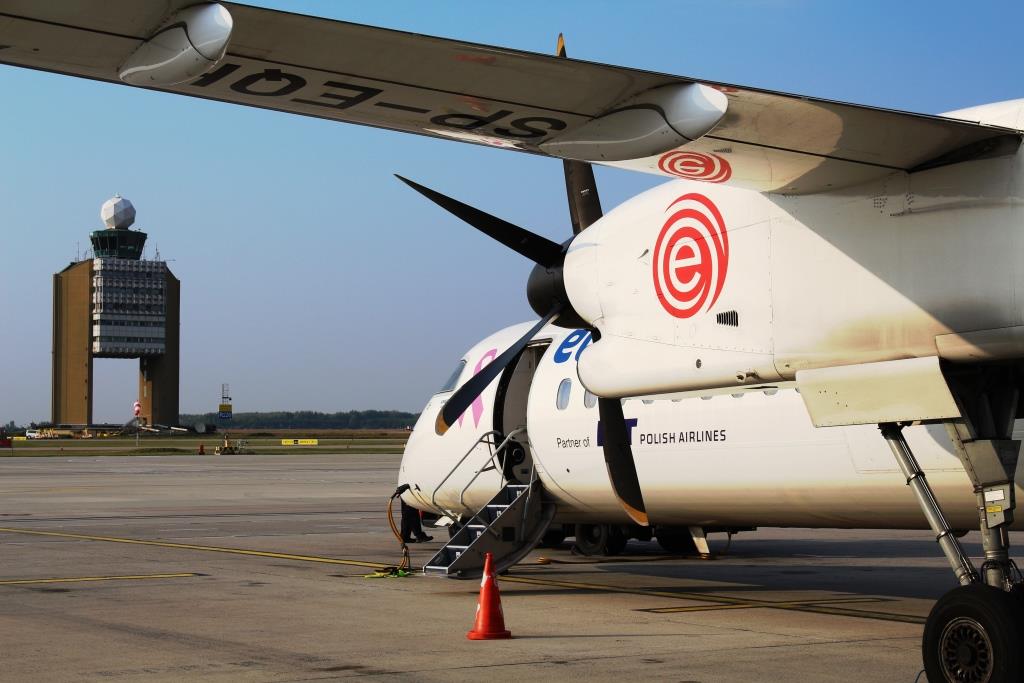In the competitive world of brewing, even the most popular brands can experience a decline in sales. One such brand that has recently faced this challenge is Bud Light. With its iconic blue label and refreshing taste, Bud Light has long been a favorite among beer enthusiasts.
However, in recent years, the brand has seen a significant drop in sales, leading to concerns about its market share. In this article, we will explore the factors contributing to Bud Light’s declining sales and discuss strategies to help it regain lost market share.
Transgender Promotion and Its Effects on Bud Light Sales
Bud Light’s sales were impacted by a controversial transgender promotion campaign. The brand featured transgender individuals in their advertisements, aiming to promote inclusivity and diversity. While some customers applauded this progressive stance, others felt alienated and turned away from the brand.
This divisive response led to a decline in Bud Light’s market share, highlighting the challenges brands face when navigating sensitive social issues in their marketing campaigns. It serves as a reminder for businesses to carefully consider potential reactions and understand their target audience before embarking on such initiatives.
Analysis of the US Market Share Stabilization after Transgender Promotion Backlash
Bud Light’s market share initially suffered due to backlash from a transgender promotion. However, recent months have shown signs of stabilization. This can be attributed to Bud Light’s prompt response in addressing consumer concerns and making changes to their marketing strategy.
Despite competition from craft breweries and other major players, Bud Light managed to retain a significant portion of their loyal customer base. Leveraging their distribution network and brand recognition has also played a role in stabilizing their market share.
Overall, Bud Light’s efforts to rebuild trust and adapt to industry challenges have contributed to their market share stabilization.
Factors Contributing to Bud Light’s Declining Sales
The declining sales of Bud Light can be attributed to several factors. Firstly, changing consumer preferences have shifted towards craft breweries and unique flavors, causing a decline in demand for mainstream brands like Bud Light.
Secondly, younger generations, such as millennials and Gen Z, are more health-conscious and opting for healthier alternatives to traditional beers, impacting the sales of Bud Light. Lastly, increased competition within the beer industry has led to a fragmentation of the market, with consumers having more options than ever before.
To combat these challenges, Bud Light must adapt its marketing strategies to appeal to changing consumer preferences and emphasize its quality and craftsmanship.
Strategies to Regain Lost Market Share for Bud Light
To regain lost market share, Bud Light can implement several strategies:
- Product Innovation: Introduce new variants or limited-edition flavors to appeal to changing consumer tastes.
- Marketing Campaign Revamp: Highlight Bud Light’s commitment to quality ingredients and adaptability.
- Collaboration with Craft Breweries: Partner with local craft breweries to tap into the growing craft beer segment.
- Enhanced Digital Presence: Use digital marketing strategies to engage younger audiences through social media and influencers.
- Educational Initiatives: Inform consumers about the brewing process, ingredients used, and sustainability efforts.
By adopting these strategies, Bud Light can attract new customers and rebuild trust among existing ones, ultimately regaining lost market share.
Conclusion: Opportunities to Learn from Bud Light’s Sales Drop and Capitalize on Market Shifts
[lyte id=’8hdsHUU7m8o’]




